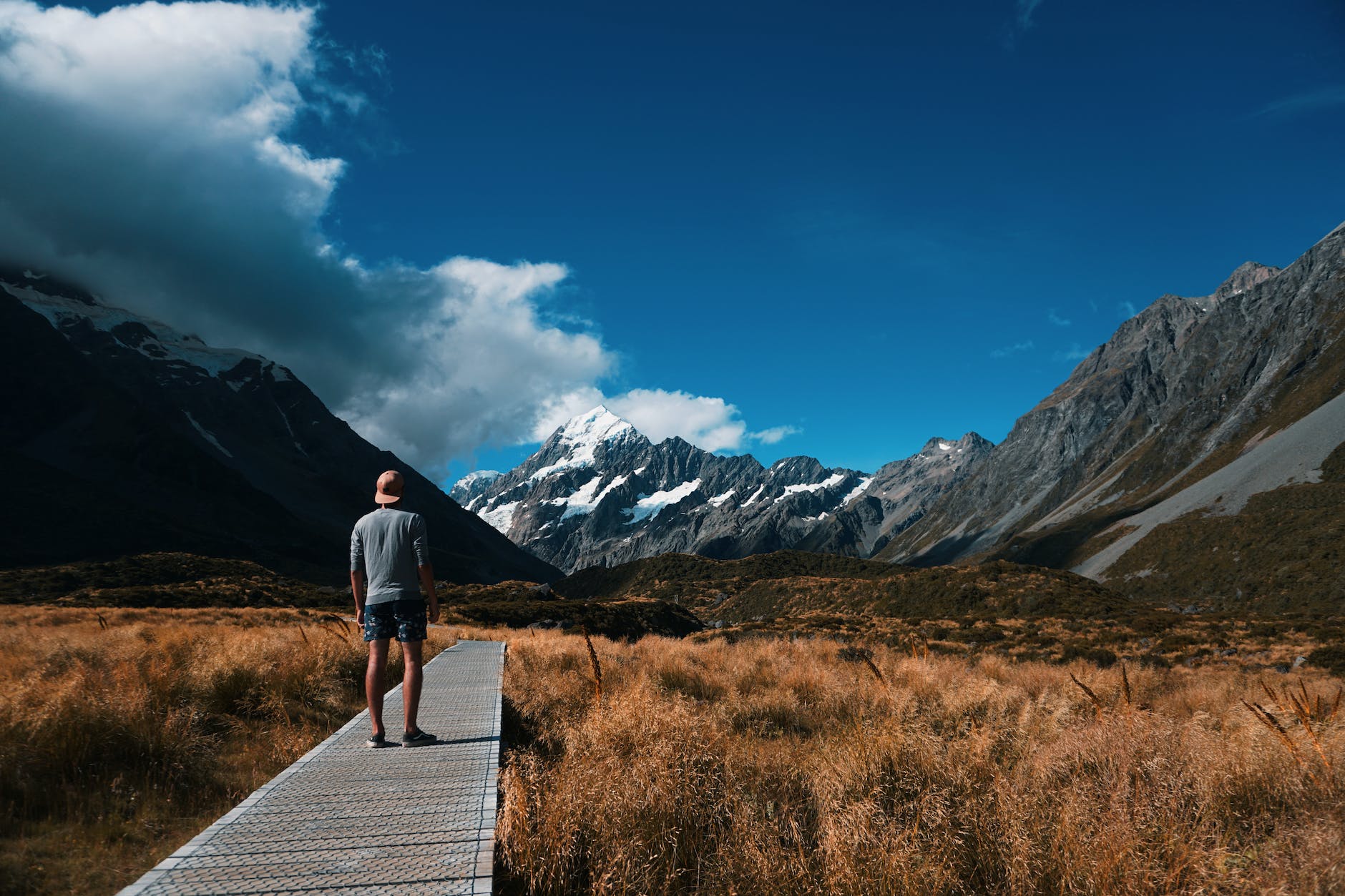I recently spent some time in New Zealand, an island nation filled with people who observe life cycle traditions brought here by European settlers and colonizers. The native people of this land, the Māori, have specific death rituals that deserve to be explored.
As a traveling end-of-life teacher, doula, and advocate, I appreciate the way they approach this sacred space. You don’t have to be a Kiwi or native New Zealander to incorporate some of these death rituals into your own lives…and deaths.
The Evolution of New Zealand Death Rituals
For centuries, most people in New Zealand died at home, surrounded by loved ones. Like other countries, this began to change in the early 1900s. People turned to doctors and hospitals for safe, innovative, and lifesaving treatments.
People also moved away from midwives and doulas. They chose hospitals for births and deaths as well. As a result, more elderly patients found themselves in hospitals and assisted living facilities at the end of life. Surrounded by medical teams rather than family.
Modern New Zealand death rituals would seem familiar to anyone living in most Westernized societies.
People die and loved ones call medical examiners or their local morgue. Over the course of a few days, funeral directors typically clean, dress, and place bodies in coffins. They also embalm those who’ve requested viewings. After a ceremony that lasts about an hour, those same professionals either take the body to be buried in a cemetery or cremated.
What is Tangihanga?
Tangihanga, or the Māori mourning ritual, offers something different. It’s an experience that connects native people to their ancestors, their community, and their heritage. Commonly called a tangi, this important ceremony allows loved ones the time to mourn, weep, and come to terms with the death of a loved one.
The ceremony begins after a person dies. The Māori smears the tūpāpaku (dead body) with kōkōwai (red ochre) and oil.
In years past, they would sit the body upright. They tucked the knees under the chin and wrapped the arms tightly around the legs. Then they covered the body in whāriki (mats) and cloaks.
Today they usually embalm the body and place it in an open casket or coffin.
Family and friends stay with the body for three days through this period of mourning. The marae, or sitting area with the body, is a beautiful courtyard located in a public space.

Every Marae is Different
Sometimes mourners place the tūpāpaku in a separate area or against the back wall for a more private setting. When someone dies far from home or has weak links with an ancestral marae, they take the body to a suburban house, church, or funeral home instead.
The closest relatives of the dead person will typically sit close to the tūpāpaku. This is because the dead body must not be left alone until the burial. Mourners feel free to show emotion, cry, and openly grieve for their loved ones.
They also speak directly to the tūpāpaku (dead body). Songs, chants, and traditional speeches are important to the ritual.
For centuries, mourners would bury the tūpāpaku in a shallow grave or hollowed-out tree. Then, a year later, they would exhume the body so loved ones could wash and scrape the bones. They held additional mourning rituals on the marae and then buried the remains in private places.
Today, that ancient practice has been replaced with a simple unveiling of the gravestone. Family members will also perform a ceremony called kawe mate, which means “carry the dead.” They take the memory, represented by a photograph, and visit family members who couldn’t attend the tangi.
Being With the Body
For many Māori families, bringing the body of the dead to the marae after death is important. They believe it’s important for loved ones to take the time to gather together and tell stories.
Every family member has a role to play. Some bring food, others bring flowers, and some just tell stories. Again, mourners talk to the dead person while praying, singing, or just sitting with them.
Mourners also accompany the body to the cemetery or wherever the body is placed in a grave. Afterward, they wash their hands to remove tapu and acknowledge the sacredness of what they’ve witnessed.
They share food before returning to the business of living. This allows them to move forward as a community.
To learn more about these and other New Zealand death rituals, contact Anitya Doula Services for support today.



One thought on “Traveling Death Doula Series: New Zealand”